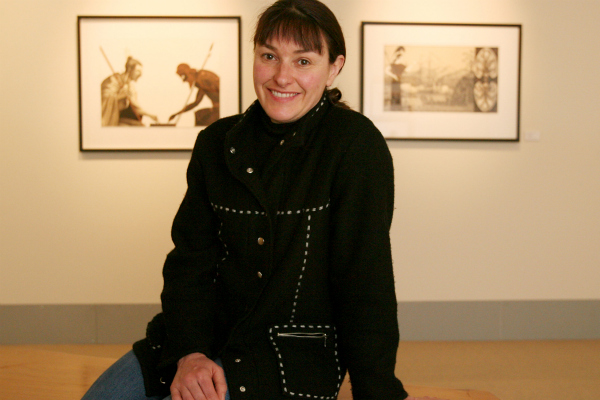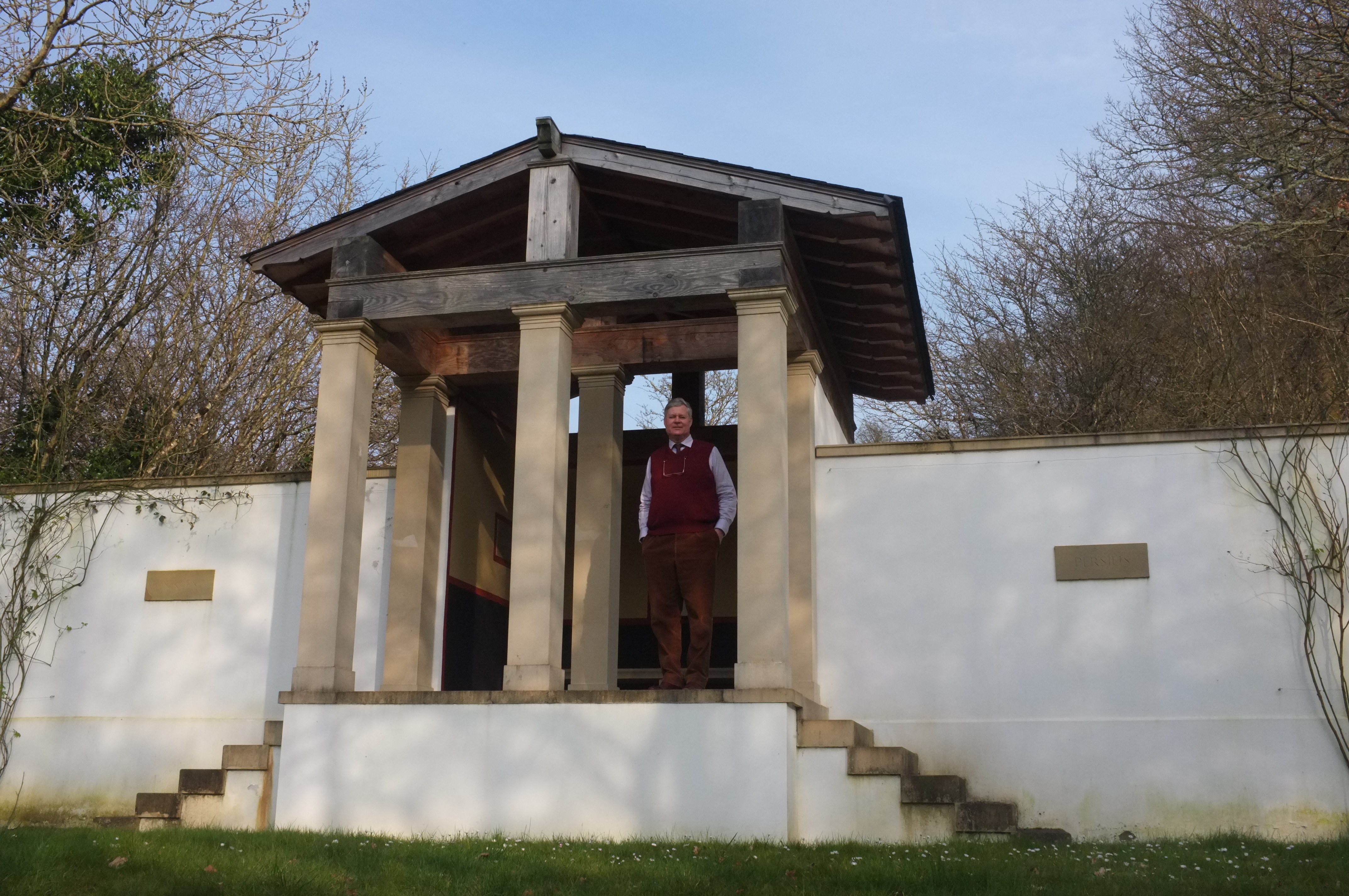You are here
- Home
- Past Issues
- Issue 3 (2012)
Issue 3 (2012)
Editor's Introduction
The 2012 issue of Practitioners’ Voices in Classical Reception Studies focuses on practitioners working with visual and material culture. The classical past continues to be a rich source of inspiration for artists working all over the world, and it is within the field of the visual arts that we find some of the most impassioned debates about the role of antiquity in contemporary culture. University academics are also becoming increasingly interested in how modern artists have re-worked classical ideas, texts and images, and the last year has seen the publication of a number of books and articles on the topic. All of this suggests that the relationship between contemporary art and classical culture deserves a moment of special scrutiny, and that an exploration of this theme might be of interest not just to students of classical reception, but to all those academics, critics and creative artists engaged in debates about contemporary art’s entanglement with the past.
The five interviews included in this issue were recorded between February 2011 and April 2012. As even the brief summaries below intimate, each of the practitioners who have contributed to the issue engages with different aspects of Greek and/or Roman antiquity, using different materials and techniques, while drawing on different literary and visual sources. Taken together, their work demonstrates the enormous range and depth of classical references in contemporary visual and material culture - references which enable even the most progressive and innovative of artworks to ‘thunder back through the ages’ (to borrow Craig Hamilton’s evocative phrase).
Thanks are due to all the practitioners who contributed interviews and generously allowed us to reproduce images of their work, and to Trish Cashen for technical and creative help.
Jessica Hughes, October 2012
Christie Brown
Christie Brown is an artist and Professor of Ceramics at the University of Westminster, London. In this interview, recorded in her studio in March 2011, she talks about the influence of classical antiquity on her work, focusing on number of key pieces including the Cast of Characters (1995), Fragments of Narrative (2000) and Between the Dog and the Wolf (2003).
Richard Shirley Smith
The artist Richard Shirley Smith was born in Hampstead in 1935 and was educated at Harrow School, before studying at the Slade School of Fine Art and in Rome. In this interview, which took place at the artist’s home and studio in Marlborough, he talks about the role that classical antiquity has played in his work, particularly his many book illustrations and paintings.
Norman McBeath and Robert Crawford
Norman McBeath is an independent photographer, based in Edinburgh, whose work can be seen in the National Portrait Galleries of England and Scotland. Robert Crawford is Professor of Modern Scottish Literature at the University of St Andrews and one of the country’s leading poets. In this interview they talk about their 2011 book Simonides, which features twenty-five black and white, duotone, photographs paired with texts translated from ancient Greek into Scots (and English). The book was published to coincide with an exhibition entitled Body Bags/Simonides which was shown at the Edinburgh College of Art as part of the Edinburgh Art Festival.
Marian Maguire
Marian Maguire was born in Christchurch, New Zealand, in 1962, and studied at the Ilam School of Art, University of Canterbury and the Tamarind Institute of Lithography, Albuquerque, USA. Alongside making her own work she has pursued a career as a collaborative master printer, in which capacity she has printed the work of some of New Zealand’s leading artists. In 1996 established PaperGraphica, a print studio and gallery which she and fellow artist Nigel Buxton jointly direct. Currently Maguire works almost full-time on her own work.
Craig Hamilton
Craig Hamilton is one of Britain’s leading classical architects. He was born in 1961 in South Africa, and studied architecture at the University of Natal. He has lived in Britain since 1986. In 1991 he formed the practice Craig Hamilton Architects, which he directs together with his wife, the artist Diana Hulton. The practice specialises in progressive classical design and the repair and sensitive extension of historic buildings; their work encompasses country houses, public buildings, sacred buildings and monuments. This interview took place at Coed Mawr farm, Craig and Diana’s home in the Welsh hills.
Find out more...
Readers of this issue may be interested in exploring
- The Open Arts Archive, a major website and archive hosted by the Art History Department at the Open University, which provides open access to a wealth of artistic, cultural and educational resources, featuring work from the ancient to the modern period.
- Minus Plato: Classics and Modern/Contemporary Art, a blog about the interactions between Classical Studies and Contemporary Art authored by Richard Fletcher (Department of Classics, Ohio State University)




